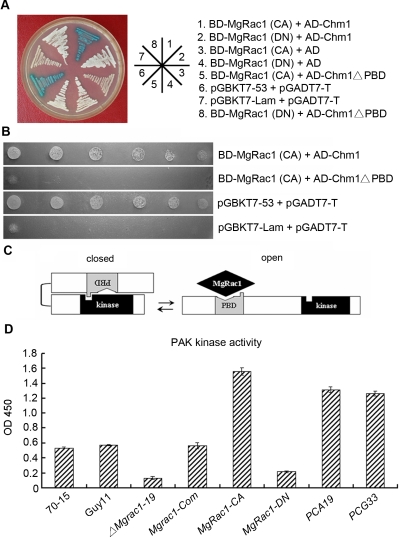Figure 6. The interaction between MgRac1 and Chm1 or Chm1Δ PBD and PAK activity assay.
(A) Yeast two-hybrid assay with MgRac1-CA or MgRac1-DN as the bait and Chm1 or Chm1ΔPBD as the prey. Yeast transformants grown on the SD-Leu-Trp plates were assayed for β-galactosidase activity. The interaction of pGBKT7-53 and pGADT7-T was used as the positive control. The interaction of BD-MgRac1(CA) or BD-MgRac1(DN) and AD (pGADT7) was used as the negative control to rule out self-activation. (B) The indicated yeast transformants diluted to specified concentrations (cell/ml) were plated onto SD-Ade-Leu-Trp-His to examine the HIS3 reporter gene expression in the yeast two-hybrid assay. The interaction of pGBKT7-Lam and pGADT7-T was used as the negative control. (C) Model of Chm1 activation and its auto-inhibition by the PBD domain. It involves transition between low-activity (closed) and high-activity (open) conformations. The PBD domain (grey) contains domains that bind MgRac1 and the PAK kinase domain, as indicated. (D) PAK kinase assay showing correlation of MgRac1 and PAK activity in the hyphae of WT and mutants. Total protein preparations were subjected to the kinase assay, which used the HTScan PAK1 kinase assay kit for direct ELISA detection of the product at the absorbance of 450 nm. Means and standard deviation calculated from three replicates were shown on the bar chart.

